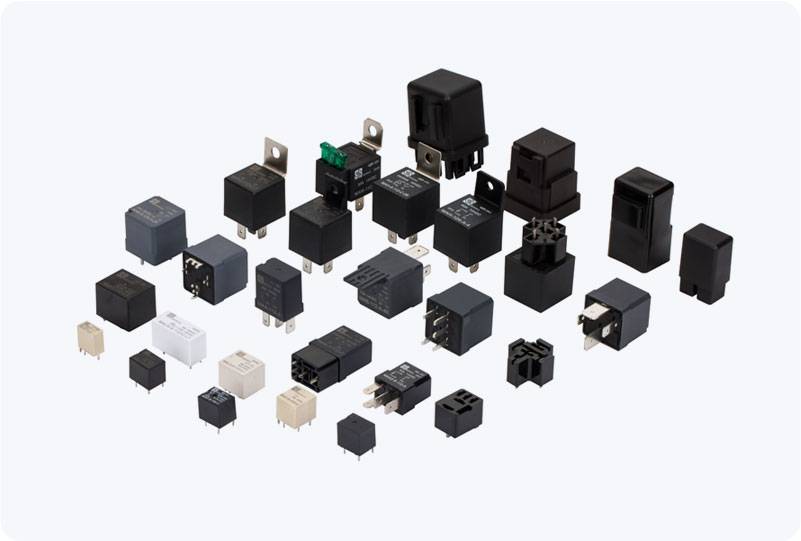relay failure modes in cars: causes, symptoms, and prevention
Release time:2025-10-26 01:43:15
Relays are integral components in modern automotive electrical systems. They serve as switches, controlling high-power devices like the starter motor, fuel pump, headlights, and air conditioning compressors, using low-power signals. While relays are designed for longevity and reliability, they can fail over time, causing significant disruptions to a vehicle’s electrical functions. Understanding the various relay failure modes is essential for diagnosing issues and preventing costly repairs. This article explores the common causes, symptoms, and preventive measures related to relay failure modes in cars.

1. Mechanical Failure
Relays consist of internal components, including a movable arm that opens and closes electrical contacts. Over time, this mechanical part can wear out due to repeated activation, leading to failure. The most common mechanical issues include:
Sticking Contacts: The internal switch fails to open or close completely, causing the controlled component to remain either on or off. For example, a stuck fuel pump relay could keep the pump running continuously, leading to a drained battery.
Complete Sticking: Sometimes, the relay's internal mechanism may freeze, preventing the relay from switching at all. This failure could leave the car unable to start if the starter relay malfunctions.

